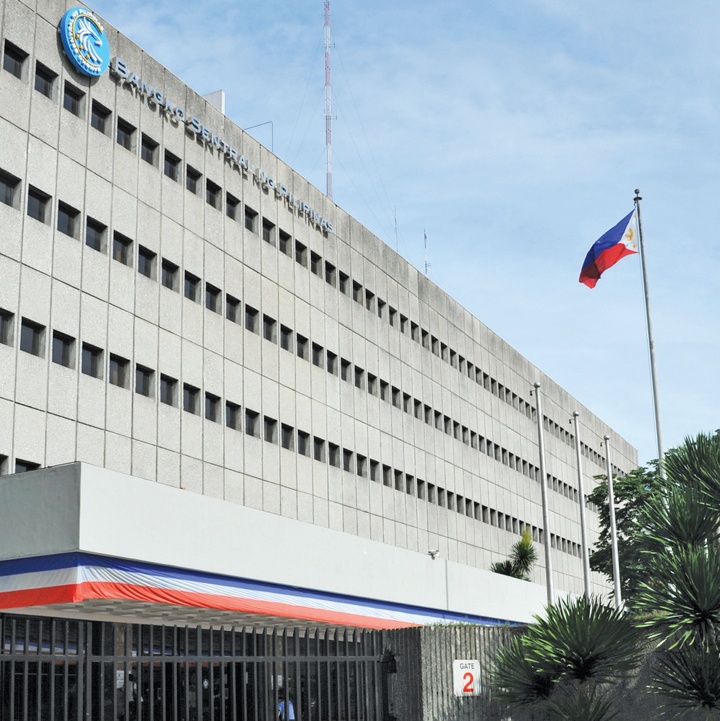
THE Bangko Sentral ng Pilipinas (BSP) said the country’s financial system has “sustained its resilience” in the first half of the year, amid the lingering effects of the global health crisis on the local and international economy.
The Central Bank’s latest assessment of the local system’s so-called financial soundness indicators (FSIs) showed that the banking system remained “sound and stable” in January to June this year.
FSIs are a set of indicators used to determine the current financial health and soundness of financial institutions in a country, including their corporate and household counterparts.
Based on the methodology introduced by the International Monetary Fund (IMF), a core set of FSIs covering the BSP-supervised financial institutions (BSFIs) were identified under the headings of capital adequacy, asset quality, earnings and profitability, liquidity, and sensitivity to market risk.
For the first half of the year, Philippine banks’ Capital Adequacy Ratio (CAR) increased to 17.6 percent from16.8 percent in the same period last year. This is also well above the 8 percent international minimum standard and the 10 percent minimum regulatory standard set by the BSP.
Meanwhile, as a measure of liquidity, the so-called liquid asset ratio of the local banking system was at 42.6 percent average for end-June 2021. “This suggests the presence of ample liquidity in the system,” the BSP report said.
The BSP also uses the ratio of the country’s foreign exchange (FX) position to unimpaired capital to measure the system’s sensitivity to market risk,
The report showed that from the first semester of 2013 to the first semester of 2021, the banking system’s net FX position to unimpaired capital averaged 0.4 percent. The BSP said this indicates that the industry has minimal net open FX exposures relative to unimpaired capital that may be affected by volatility in the FX market.
However, the banking system’s asset quality and earnings remained in the red. In particular, Philippine banks’ nonperforming loans (NPL) ratio—used as the primary measure of banks’ asset quality—rose to 4.5 percent for the first half of 2021, higher than 3.6 percent in the previous semester and 2.6 percent in the same period last year.
The banking system’s return on equity (ROE), a measure of the system’s profitability, weakened to 7.9 percent in June 2021 from the previous year’s 9 percent.
The BSP said this is mainly due to the decline in annualized net profit as loans and other financial assets took a hit from the pandemic in the form of increased annualized provisions for credit losses.
“Given the continuing uncertainty posed by the global pandemic, the BSP will continue to monitor risks and vulnerabilities that may put undue pressure on the financial system,” BSP Governor Benjamin Diokno said.
“The comprehensive analysis will be complemented by initiatives aimed at strengthening risk governance, promoting responsible innovation, and advancing the sustainability agenda in the Philippine financial system,” he added.

